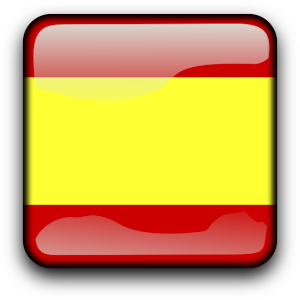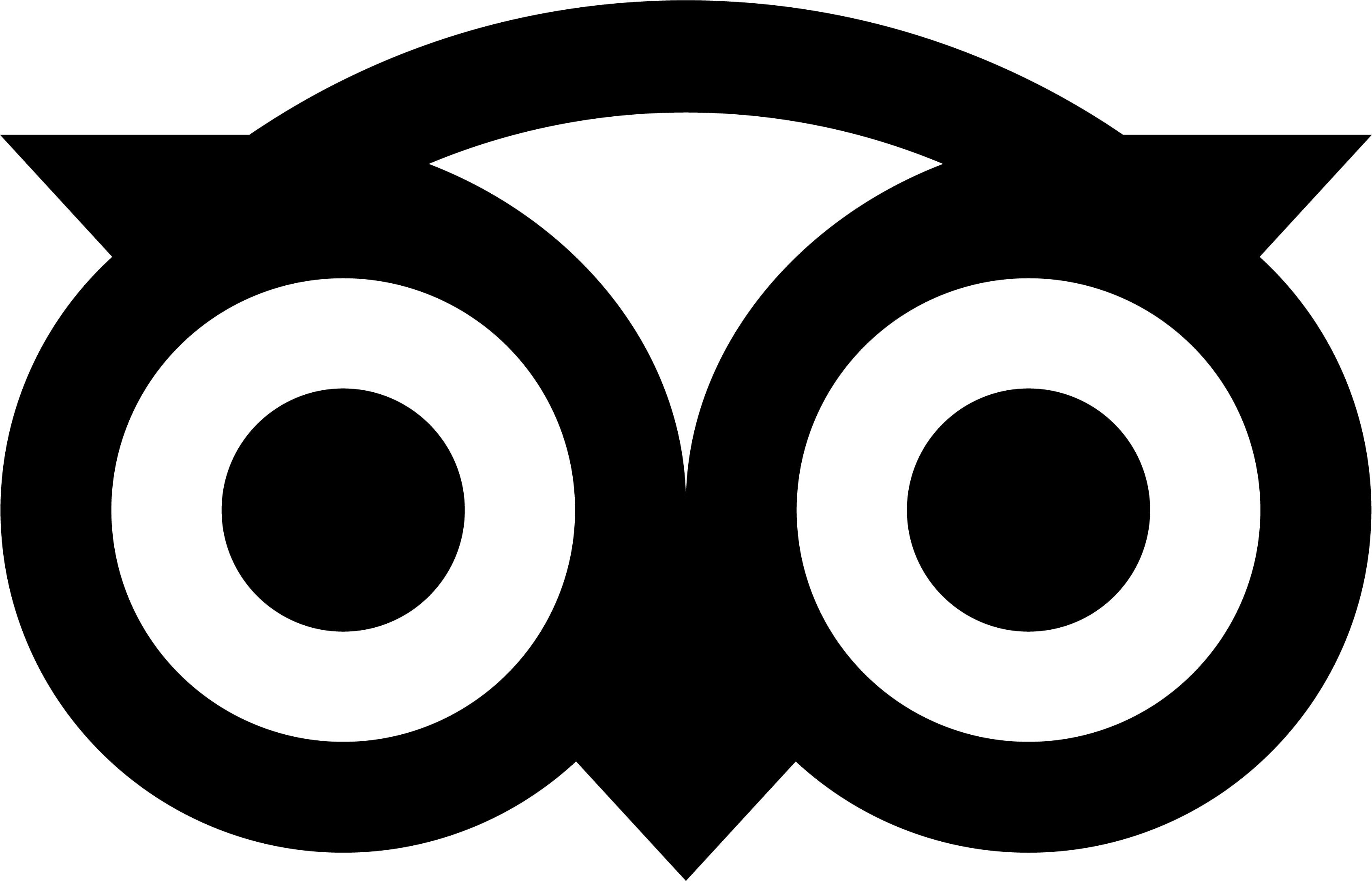|
Cerralbo Museum: Museo Cerralbo: C/ Ventura Rodríguez, 17 28008 Madrid, Spain. Phone: (00 34) 915 47 36 46 & (00 34) 915 47 36 47. email: museo.cerralbo@mcu.es The Cerralbo Museum is located quite near the centre of Madrid, and at first sight, it has little to do with Japan or Japanese culture. It is situated in what was the house of the Marquis of Cerralbo (1845-1922). The man was a “collector” and did he collect things indeed. Everything. Anything. Paintings, armours and weapons, and pieces of decoration, furniture and so on from all over the world cram up in the museum, and we’re not using the word “cram” idly. Nevertheless, it is the 150th Anniversary of relations Spain-Japan, and the Cerralbo Museum decided to participate. Between the 9th of November 2018 and the 3rd of February 2019 the museum is running an exhibit along the EMOZ (Educational Museum of Origami in Zaragoza) to display some origami pieces. Since they are at it, the museum prepared a guide to show all the Japanese and Japanese-inspired pieces that they have. The Museum |
Museo Cerralbo: C/ Ventura Rodríguez, 17 28008 Madrid, Spain. Phone: (00 34) 915 47 36 46 & (00 34) 915 47 36 47. email: museo.cerralbo@mcu.es. El Museo Cerralbo se encuentra cerca del centro de Madrid, y de primeras tiene poco o nada que ver con Japón y la cultura japonesa. Está situado en los que fue la casa del Marqués de Cerralbo (1845-1922). El Marqués era un “coleccionista” y sí, se dedicaba a coleccionar cosas. Cualquier cosa. Todas las cosas. Pinturas, armaduras y armas, piezas decorativas, mobiliario de todo el mundo abarrotan el museo, y no estamos usando la palabra “abarrotar” en vano. Como es el 150 Aniversario de las relaciones España-Japón, el Museo Cerralbo ha decidido involucrase. Entre el 9 de noviembre 2018 y el 3 de febrero 2019 el museo alberga una exposición en colaboración con el EMOZ (Escuela Museo de Origami de Zaragoza) para mostrar varias piezas de origami. Y de paso, han organizado una “ruta” para mostrar todas sus piezas japonesas. El Museo |

|
Entry is 3€, and only 60 people are allowed in the house at any point. We had to wait for 10 minutes out in the cold street until we were allowed in – and more people than us four went out meanwhile. Then we were ushered to the ticket office, and told we had to leave every bag in a locker. You are not allowed anything but your clothes in the museum, if you want to take your coat off, you’re not allowed to. Personnel herd you around the route and if you deviate you get snapped at, and so help you if you try to repeat check a room again..
You can’t see the exhibition until you’ve watched the rest of the museum, so we will start having a look at the pieces in the route “CREATED UNDER THE RISING SUN, a route around the Japanese pieces in the Cerralbo Museum.” Full disclosure: No, we did not find all the pieces. I mean, I think we found about half of them – even behind the doors. The museum is so packed with pieces that finding them feels like some crazy gymkhana. Armours: |
La entrada son 3€, y solo puede haber 60 personas en el museo al mismo tiempo. Nosotros esperamos más de diez minutos en la calle (Madrid, enero. Calor no hacía) y salieron más personas que los cuatro que éramos. Una vez dentro nos mandaron a la taquilla donde nos dijeron que había que dejar todo bolso, mochila o similar en una taquilla. Sólo puedes llevar la ropa en el museo, de hecho si te intentas quitar el abrigo te abroncan. El personal del museo te manda por la ruta designada y que dios te ayude si e intentas desviar o volver a mirar una sala.
No te dejan ver la exposición de origami hasta después de ver el resto del museo, así que empezaremos con las Piezas del recorrido e “CREADOS BAJO EL SOL NACIENTE, un recorrido por las piezas japonesas del Museo Cerralbo.” En honor a la transparencia: No, no encontramos todas las piezas. A ver, creo que encontramos como la mitad, rebuscando hasta detrás de la puerta. El museo está tan atestado que encontrar las piezas es casi misión imposible. Armaduras: |

| Stirrups: | Estribos: |

| Vases (We did have another pair but they were too far away for good pictures. In our defence, this was an impromptu visit): | Jarrones (encontramos otra pareja, pero demasiado lejos para una buena foto. En nuestra defensa, la visita no estaba programada): |

| Trays and food recipients: | Bandejas y recipientes de comida: |


| Japanese-style European furniture: | Mobiliario europeo de estilo japonés: |

|
We did not find: a bunch of trays, a katana, a pair of stirrups, china and some other decoration.
Final Rating of the route: Origami ExhibitionThe Origami Exhibition features art from artists all around the world. The first room features a folded crane along a bunch of them made of plastic, hanging from the ceiling. The wall explains the legend that making one thousand cranes grant you a wish, and the story of Sadako, the Hiroshima girl and her own one thousand cranes (suffering from leukaemia after the bomb in Hiroshima, Sadako decided to make one thousand cranes hoping for peace. Every year, thousands of cranes are sent to Hiroshima from all throughout the world, and they are taken to the Peace Park). There are also a pajarita and a tiny paper screen with decoration. On the side, it features an adorable pair of squirrels. The second room has a bunch of small animals, in different folding styles and material, mostly paper, but some light cardboard and leather too. At the end there is an actual-size hippo made from continuous paper, pray-painted grey. To one side there is a bunch of “organic folding” marvels, forming a great corner of ocean imaginery. It left us really, really wanted to go and see the actual EMOZ. |
No encontramos: varias bandejas, una katana, un par de estribos, porcelanas y varias piezas de decoración
Valoración final del recorrido: Exposición de OrigamiLa exposición de Origami muestra piezas de distintos artistas de Origami procedentes de todo el mundo. En la primera sala encontramos una grulla. Colgadas del techo hay también una cortina de grullas de plástico. La pared explica que hacer mil grullas concede un deseo y habla de Sadako, la niña de Hiroshima, y sus mil grullas por la paz (afectada de leucemia después de la bomba, decidió hacer sus mil grullas para alcanzar la paz. Miles de grullas son enviadas a Hiroshima desde todos los rincones del mundo y se llevan al Parque de la Paz). También hay una pajarita, un pequeño biombo con adornos de papel, y una vitrina con una pareja de ardillas adorables. En la segunda habitación hay una decena de pequeños animales, en distintos tipos de pliegue y materiales. Casi todos están hechos de papel, pero también hay cartulina y cuero. Al fondo hay un hipopótamo a tamaño natural hecho con papel continuo y pintado de gris con spray. A un lado hay unas cuantas maravillas del océano en estilo de pliegue orgánico, creando una esquina mágica que emula el océano. LA verdad es que nos dejó con muchas ganas de ir al EMOZ. |



|
Final rating on the Origami exhibition: |
Valoración final de la exposición de Origami: |






 @SemiRandomJB
@SemiRandomJB 





